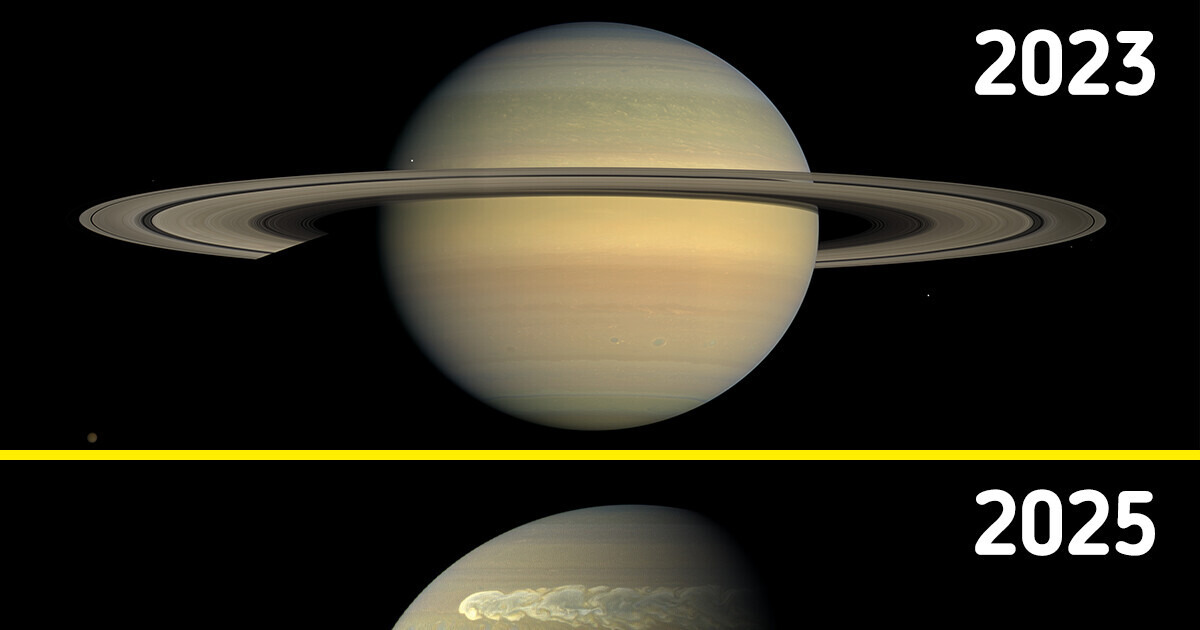19 Famous Men Who Were So Handsome in Their Youth We Can’t Take Our Eyes Off Them


The sky often treats us to new wonders like meteor showers, intriguing planets, and captivating lunar eclipses. However, it’s not just about new arrivals in space — some things are saying their goodbyes and Saturn’s famous rings are on the way out. Scientists are closely monitoring this phenomenon.
Those iconic rings we’ve admired from Earth will no longer be visible in just 18 short months. These rings are composed of a mix of icy and rocky bits, often dust-coated, encircling the sixth planet in our solar system. But the reality is, even though it might not seem soon in human terms, they are on the path to becoming invisible to us by 2025, a cosmic blink of an eye. While the full disappearance will take millions of years, the show in the night sky won’t last much longer.
Here’s why this is happening: as Saturn orbits the Sun, its tilt angle will drop to zero on March 23, 2025. When this tilt reaches zero, it essentially means that Saturn will present itself perfectly on its side to us here on Earth. Saturn is about 746 million miles away from us at its nearest point, and when it’s sideways, we won’t see its iconic rings. This unique alignment will occur again on October 15, 2038, and then in quick succession on April 1 and July 9, 2039.
After Saturn’s rings disappear in 2025, we won’t get a full view of them again until 2032. Saturn’s rings are tilted towards our planet at an angle of nine degrees. By next year, this tilt will reduce to only 3.7 degrees. We haven’t witnessed this disappearing act since September 2009; prior to that, it hadn’t occurred since February 1996. So, it’s a relatively rare event for skywatchers to witness.
NASA’s James Webb Telescope has spotted a mysterious object shaped like a question mark. Although the true nature of this object is currently unknown, scientists have some speculations about it. This intriguing discovery has piqued the interest of astronomers and researchers eager to learn more about this enigmatic celestial feature.
The object is part of the Herbig Haro 46/47 star system, where two young stars orbit each other under the influence of gravity. These stars are located in the Vela Constellation, approximately 1,470 light-years away from Earth. The object’s distinct question mark shape is of a reddish hue, signifying it is more distant than the other stars in the image.
The true nature of this celestial entity remains a puzzle, but its unique shape and color provide some hints. It may represent a distant galaxy or even the result of two galaxies colliding, which gives it the distinctive question mark appearance. This interpretation is supported by experts at the Space Telescope Science Institute (STScI) in Baltimore.
The search for extraterrestrial life continues, and with technological advancements and our understanding of the cosmos, we may one day make significant discoveries. In the meantime, exploring the wonders of the starry sky through cosmic images can be a truly enchanting experience.











